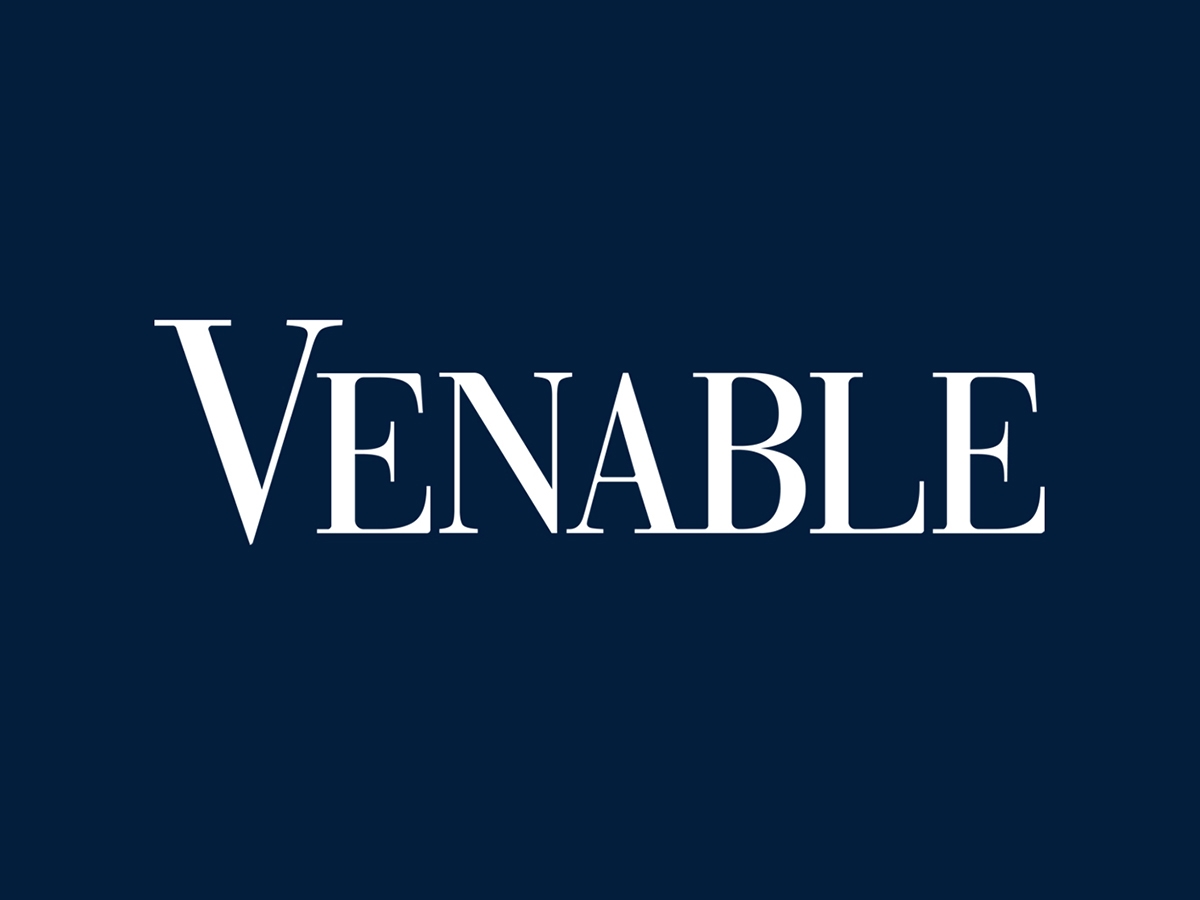Trademark Infringement Issues that cannot be Ignored in the Refurbishment of Used Goods | Linda Liu & Partners
[author: Haisheng Liu]
With the rapid economic development in the society, the update and iteration speed of many products, especially electronic products, is accelerating. This situation has also given rise to a huge market for the recycling and resale of used goods, and a new industrial chain has been formed. Within the scope of the existing legal framework, based on some typical cases in judicial practice and my practical experience in handling similar trademark infringement disputes, this article will briefly analyze and discuss the trademark infringement issues involved in the continued use of the original trademark for sale in the refurbishment of used goods from the perspective of criminal crackdown, for reference.
I. The Basic Definition of Refurbishment of Used Goods
The issue of trademark infringement regarding refurbished used goods is a complex issue in the field of trademark disputes. Although there is no clear legal provision on the definition of refurbishment of used goods, reference is made to the Guidelines for Criminal Compliance of Intellectual Property Rights in the Refurbishment Industry of Electronic Products of Shenzhen Procuratate Authorities (Trial) (hereinafter referred to as the “Compliance Guidelines”) issued by the Shenzhen Municipal Procuratorate in 2022, which defines “refurbishment” that “Refurbishment refers to a series of processing processes such as polishing, repairing, and replacing parts for genuine electronic products that have a certain loss in performance, condition and other aspects after being used by consumers, so as to improve or restore the performance and condition of second-hand electronic products.” In practice, the used goods involved in the cases of refurbishment of used goods are not limited to electronic products, and the methods of refurbishment are not limited to polishing, repairing, and replacing parts. However, the above definition and the relevant provisions in the Compliance Guidelines can help trademark owners, law enforcement authorities and judicial authorities better understand the refurbishment of used goods and provide important references. In addition, the Compliance Guidelines can also be used as a reference for practitioners in the used goods refurbishment industry to carry out criminal compliance construction in the development of relevant businesses and avoid the risk of criminal liability.
II. Whether the Doctrine of Exhaustion of Rights in Trademark Applies to the Refurbishment of Used Goods
The so-called Doctrine of Exhaustion of Rights in Trademarks refers to the fact that after the goods marked with a registered trademark are put into the market with the consent of the trademark owner, the trademark owner’s rights to the goods have been exhausted, and the purchaser can use or further sell the goods, and the trademark owner shall not intervene. In this case, the purchaser’s actions are not trademark infringements. Specifically, in the field of refurbishment of used goods, the mainstream view in China’s judicial practice is that as long as the restoration is not marked in a conspicuous position, or the fact that the goods sold are second-hand refurbished goods is not clearly informed to consumers, the Doctrine of Exhaustion of Rights in Trademarks principle of exhaustion shall not apply. The following two aspects are mainly considered: on the one hand, when the goods are assembled, refurbished and repackaged and re-enter the circulation market, consumers can no longer buy the products they want and meet the quality of the goods themselves through the trademark, which also causes damage to the quality assurance and goodwill carrier function of the trademark; On the other hand, the acts that really take a free ride on the original trademark, forming a high-incidence criminal phenomenon, are mainly cases of refurbishment of used goods in practice. If such acts are left unchecked, it will not only damage the private rights of the trademark owner, but also undermine the intellectual property management order established through the trademark.
III. Whether the Refurbishment of Used Goods is a Remanufacturing Behavior Encouraged by the State
Article 2 of the Law on the Promotion of Circular Economy stipulates that “The term “reuse” in this Law refers to the direct use of waste as a product or as a product after repair, refurbishment and remanufacturing, or the use of all or part of the waste as a component of other products. ” On the basis of clarifying that the refurbishment of used goods is a legal act, the law also restricts the refurbishment and sale of used goods. For example, Article 40 clearly stipulates that “the state supports enterprises to carry out remanufacturing of motor vehicle parts, construction machinery, machine tools and other products, and tire retreading.” The quality of the remanufactured products and refurbished products to be sold must meet the standards set by the state, and be marked as remanufactured products or refurbished products in a conspicuous position.” Furthermore, Article 56 and Article 57 make it clear that the sale of products without the marks of “remanufacturing”, “reuse” or “refurbishment” will be subject to administrative penalties such as fines and revocation of business licenses, and if it constitutes a crime, criminal liability shall be pursued in accordance with law.
In addition, referring to the “Interim Measures for the Management of Automobile Parts Remanufacturing Standards” jointly issued by eight departments including the National Development and Reform Commission in 2021, it also clearly stipulates that “the remanufacturing referred to in these measures refers to the process of professional repair or upgrading of old automobile parts that are no longer used for reasons such as functional damage or technical obsolescence, so that their quality characteristics and safety and environmental protection performance are not lower than those of the prototype new products.” It also stipulates that “remanufactured products should be marked with the trademark of the remanufacturing enterprise and the logo of ‘remanufactured products’ in a prominent position, which should be permanently maintained.” At the same time, various normative conditions have been set for remanufacturing enterprises.
Therefore, the refurbishment of used goods does not necessarily belong to the remanufacturing behavior encouraged by the state, and in practice, it is still necessary to determine according to the circumstances of different cases.
IV. Factors for Determining Trademark Infringement in the Refurbishment of Used Goods
According to the provisions of the Trademark Law and judicial practice, “likelihood of confusion” is the core criterion for judging whether a trademark is infringing or not. “Likelihood of confusion” refers to the use of a mark identical with or similar to a registered trademark on the same or similar goods or services without the permission of the trademark owner, resulting in the possibility that consumers in the consumer group of such goods or services may mistakenly believe that they are from the same source, or that there is a licensing, affiliation, sponsorship and other related relationship between the producers or service providers of the two goods, even if they have imposed a duty of care and reasonable care. In practice, after searching and studying the relevant trademark infringement cases of refurbished used goods, the judgment of trademark infringement can usually be made from the following aspects:
1. Refurbishment with substantial changes was objectively implemented.
At present, there are no clear provisions and uniform standards in legal provisions and judicial practice as to what circumstances and to what extent refurbishment constitutes a substantive change, but it can be concluded from some typical cases that refurbishment involving the replacement or modification of important parts, obvious appearance changes, and the use of counterfeit accessories are likely to be determined to be substantial changes to the product and constitute trademark infringement.
For example, in the “LI Mouping Counterfeits Registered Trademark Case” prosecuted by the People’s Procuratorate of Longgang District, Shenzhen in April 2021, the public security organs seized 180 iPads on the spot, and after Apple’s identification, 67 of the 180 iPads were refurbished through “maintenance”, including replacing the screen, system memory, return key, shell, etc., and no effective measures were taken to avoid consumers misidentifying the source of the product. The procuratorate then determined that this part of the products were counterfeit products with Apple’s registered trademark; The remaining 113 iPads were mainly refurbished by slight wiping, polishing, etc., and did not make “substantial changes” to the electronic products, so the principle of exhaustion of trademark rights can be applied, and should not be determined to be counterfeit goods with Apple’s registered trademark.
2. The subjective purpose of implementation of refurbishment is to take advantage of the goodwill carried by others’ trademarks to obtain improper benefits through confusion and misidentification caused amongst consumers.
In the case of “the production and sale of counterfeit and shoddy products by Shang Dongdong and others”, which is known as the first case of automobile wheel refurbishment in China, the main reason for the court to find that the defendant’s conduct constituted the crime of counterfeiting a registered trademark was that the source and manufacturing process of the refurbished wheel were substantially different from the original product, and after the defendant’s refurbishment, combination and assembly, it was no longer an original product, so it should be determined that it was “the same kind of product” rather than “the same product”, and the defendant did not mark it as a refurbished product in a conspicuous position in accordance with the regulations. The purpose of the defendant deliberately retaining the original logo was to cause confusion with respect to the source of the goods, so that consumers would mistakenly believe that the wheels they purchased were new products from the original wheel manufacturer, and after use, they would doubt the quality of the original wheel manufacturer, thereby damaging the reputation of the trademark owner.
V. 【Conclusion】
In practice, whether it is the active purchase of trademark labels or the printing of trademark logos on goods using the same trademark on goods, or the passive removal of trademarks from goods, or the refurbishment of used goods as discussed in this article, they are merely different ways of using trademarks. In the case of refurbished products, if they are no longer “the same product” as the original product, and if the repaired or refurbished products are not properly labeled and mistaken as new products, it is still an act of trademark infringement. Therefore, in addition to the civil liability, it is also necessary to criminalize the legal liability of refurbished practitioners, especially for the behavior of large-scale production and processing of refurbished products, which are not marked as repair or remanufacturing in a conspicuous position, and do not clearly inform the purchaser of the true situation of the refurbished products on sale.






